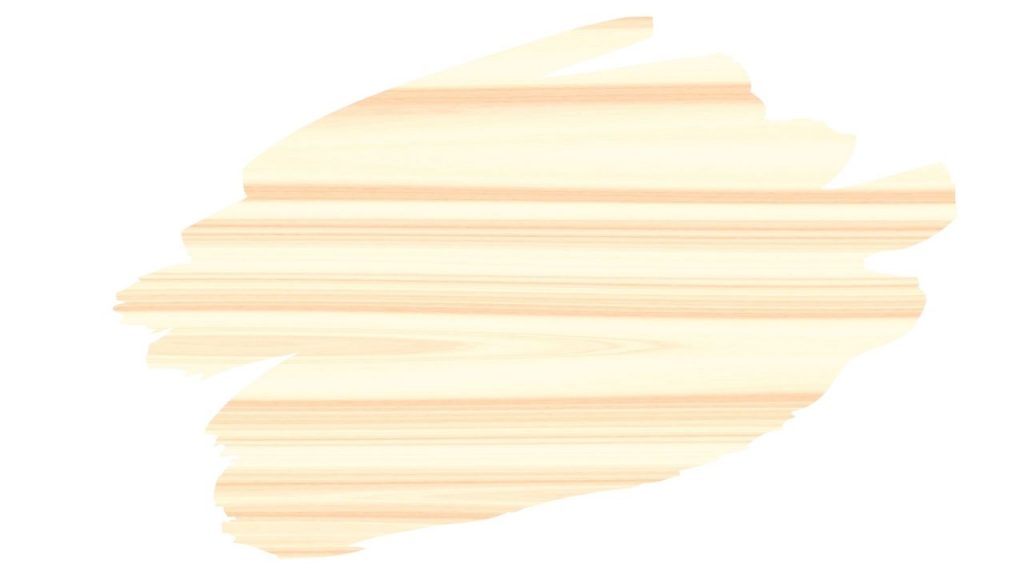Basswood is a wonderfully easy wood to carve. It has very little grain, and almost no wood knots. All of which make it incredibly pliable for whittling and other low-impact styles of wood carving.
However, Basswood is also well-known for being a bit of a nightmare to stain and/or finish.
This is because the structure of this very soft wood can cause it to take on stains unevenly. And wood finishes fair no better either, with oil finishes looking particularly splotchy.
So, how do you go about applying a finish onto Basswood?
Basswood does not absorb stains and finishes evenly. However, if you apply a pre-stain wood conditioner, the conditioner will soak into those Basswood pores. This will make it easier for Basswood to take on a more uniform looking coat of finish.
Still, wood conditioner isn’t a one-size-fits-all problem solver. So keep reading to discover how you can finish your Basswood craft to perfection…

This post may contain affiliate links to products that we receive a commission for (at no additional cost to you). Learn more here.
What Is Basswood Used For?
Basswood, (also known as American Basswood), is a less dense version of European Lime Wood.
This lightweight lumber is used to make a range of items such as carvings, window shutters, and musical instruments.
Despite being soft and easy to cut, Basswood timber is actually classed as a hardwood. This is because it comes from the deciduous Tilia Genus tree species.
What Is A Deciduous Tree? A Deciduous tree is one that sheds its leaves annually. Coniferous trees, on the other hand, are evergreen trees that don’t shed once a year (such as Pine trees).
Should You Use An Oil Finish On Basswood?
At a glance, the appearance of Basswood timber is quite plain.
It comes in a very pale light brown with almost undetectable wood grain. Which means, if you don’t inject a bit of color into it, it can look uninteresting. As a result Basswood crafts tend to be painted over.
However, when it comes to applying an oil finish to this wood type, woodworkers sit in two camps;
- Avoid Using Oil Finishes
Basswood is simply too absorbent to directly apply any oil finish to it. So, on this side of the argument, you avoid oil finishes altogether.
Instead, you would use gel stain to add color to the work piece. And then add a sealant coat over that stain.
What Is The Difference Between Gel Stain And Regular Stain? Regular wood stains will soak into wood. Whilst gel stain sits on top of the wood (sort of like paint).
- Go Ahead And Use That Oil Finish
On the other hand, if you want to use a natural finish, then those oil-based sealants are good to go.
However, you will need to be prepared to drench that Basswood in many, many(!) coats of finish. Why? Well because this thirsty wood is going to drink up that finish almost as fast as you can apply it.
Still, if you can quench the thirst of this wood beforehand, you can save yourself a lot of hassle. You can do this by coating Basswood in a wood conditioner.
Using something like Minwax’s Pre-Stain Wood Conditioner, let the conditioner soak into the timber for 10 minutes or so. Afterwards, you can remove the excess with a clean cloth, and then apply your oil finish of choice.

You can go and check out the latest price for Minwax Wood Conditioner over on Amazon.com
Using Danish Oil On Basswood
Danish oil can work on Basswood, provided that you’ve taken steps to avoid uneven absorption. The best way to do this is to use wood conditioner prior to finishing.
One key advantage to using this oil finish on Basswood is its color. Danish oil is available in a number of natural timber tones. Which means, if you use Danish oil, you can skip over staining and go right into applying this top coat.
Related Post: What’s The Best Way To Go About Painting Basswood?
Using Linseed Oil On Basswood
Linseed Oil is an age old natural slow-drying wood finish. It can take up to 2 weeks for this oil to dry.
Boiled Linseed oil, (which is created by blowing hot air through natural Linseed oil), can take up to 72 hours to dry.
If you give Basswood a pretreatment to help slow down its soaking speed, then this oil finish can make that wood craft look great.
Using Tung Oil On Basswood
Tung Oil doesn’t quite have the same rich hue that its Linseed and Danish oil counterparts do.
This all natural oil, (made from the Tung Tree), has more of a light honey tone. So Tung oil won’t add much in the way of color to Basswood.
Still, it can offer Basswood a good protective finish when applied over multiple coats of wood conditioner.
Does Basswood Need Grain Filler? No, you don’t need to fill in the grain of Basswood, because it doesn’t have deep grain.
Finishing Basswood Carvings: The Best Way To Apply That Finish
If you want to finish Basswood properly, then you will need to use a sealant that can prevent moisture and damp from getting into the wood. So, a coat of Varnish, Polyurethane, Wax, or Oil Finish are all great options.
These finishes can be applied with a paint brush. But if you have a more intricately carved piece, (one that has places those bristles can’t reach), then you can opt for a spray finish.
Now, just to be clear, brush-on sealants do a much better job of coating surface areas. So if that brush can evenly cover that wood craft, then use it every time.
Otherwise, a spray such as RUST-OLEUM Varathane Ultimate Polyurethane can be a good alternative.
Available in satin, gloss, and semi-gloss finishes, this water-based finish dries in as little as 30 minutes.

You can find the latest price for RUST-OLEUM Varathane Ultimate Polyurethane over on Amazon.com
Final Thoughts
Basswood is a tricky timber when it comes to stains and finishes. If not done right, that finish can turn out all patchy and blotchy.
This is because Basswood is too porous for any stain or finish to apply to it evenly. So, remember to fill this thirsty wood type with multiple coats of wood conditioner before you go adding any type of finishing top coat.

